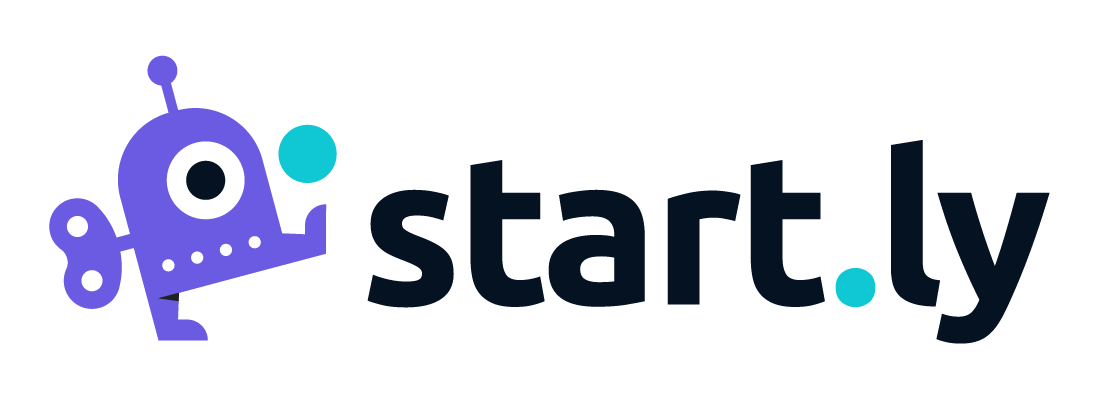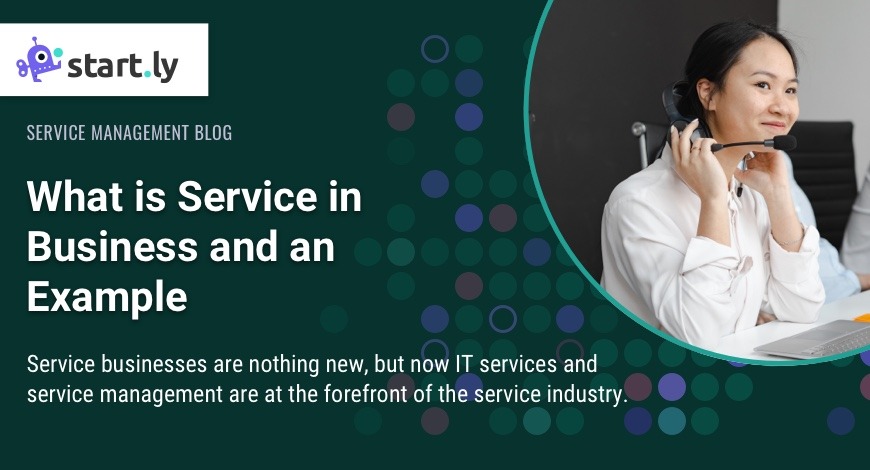You probably learned in a high school business class, accounting, or even economics that in business there are two main categories for what you sell…products or services. As you grow up and begin working, you realize that in many instances, a company can sell both products and services or create value in more than one way. The nuances of the business world and economy get more complex.
Nowadays, one kind of service in business is the concept of service management. This can apply to businesses as a whole or certain aspects of an organization such as IT service management. In this blog, we will look a little more at service management examples and go through a service strategy example.
What is Service?
In business, services are activities that benefit customers, companies, or stakeholders without providing an actual product. For example, when you go to see a doctor for your annual check up, they don’t provide you with a tangible product, but instead, provide you with service. You are paying for their knowledge, advice, guidance, and ability to understand and take care of things you probably couldn’t (or wouldn’t want to) handle on your own.
In general, businesses that provide a service can include things like:
- Financial services (banking, accounting, tax help)
- Legal services (representation, contract interpretation, lawsuits)
- Marketing (content generation, advertising, market research)
You get the idea, and can probably think of several answers to “what is a service business example?” But let’s take that a step further, and look at the idea of service and service businesses in IT and ITSM.
What is a Service Business, Specifically in IT?
Nowadays, especially with all the SaaS (software as a service) acronyms, service businesses can be found in just about every industry. In the IT industry, many businesses are service-based. Usually, they offer IT support and services or IT service management (ITSM). Let’s take a look at the difference between the two.
IT Support vs. IT Service Management
Generally, when you think of tech support, you probably think about call centers, or help-desks, or chatbots looking to find you a quick fix to some issue you are experiencing. For example, your computer is frozen and you want to know what to do to fix it. You call IT support and they tell you to hit CTRL+ALT+DELETE or unplug it or any other viable solution. With tech support, though, that is where the sidewalk ends, so to speak. The main goal of tech support is to solve your immediate issue.
On the other hand, IT service management is activities performed by an institution to design, build, plan, deliver, operate, and support the IT services being offered to customers. In short, ITSM is how IT teams manage IT solutions their customers are using. For example, ITSM can embody an entire IT strategy and approach from helping employees use their laptops to maintaining servers and updating software.
Like many other service businesses, there are several different strategies or frameworks to consider. In ITSM, the most predominant strategy is to use the Information Technology Infrastructure Library (ITIL) principles as a guide. Let’s dig into those.
ITSM Strategy and ITIL Principles
ITIL is a set of detailed practices and principles that can be leveraged to succeed in the IT service management industry. In the most recent iteration, ITIL version 4, the seven core tenants are:
- Focus on value
- Start where you are
- Progress iteratively with feedback
- Collaborate and promote visibility
- Think and work holistically
- Keep it simple and practical
- Optimize and automate
Employing these principles can set you up for success as an IT service management provider, but they can’t guarantee it. After all, it takes a lot of work and the right tools to succeed in the ITSM industry. That’s where we come in.
Startly…the All-in-One ITSM Platform
Like we said, it takes a lot to be a successful ITSM provider. Most are using one software for ticket tracking, another one for payroll, something totally different for project management, and probably a business insights tech stack too. That’s a lot to track in a sentence, let alone a functional approach to ITSM. Surely there must be a better way. There is. We know because we created it.
At Startly, we set out to establish an all-in-one solution for ITSM and professional services. With our platform, you can track all of your data and needs in one place. We describe it as a self-sustaining ecosystem, where each piece fits together seamlessly. No more cobbling together 3 or 4 applications. Not only that, but we are more affordable, robust, and easy to use.
To learn more, reach out to our passionate team today. There’s never been a better time to Startly.

